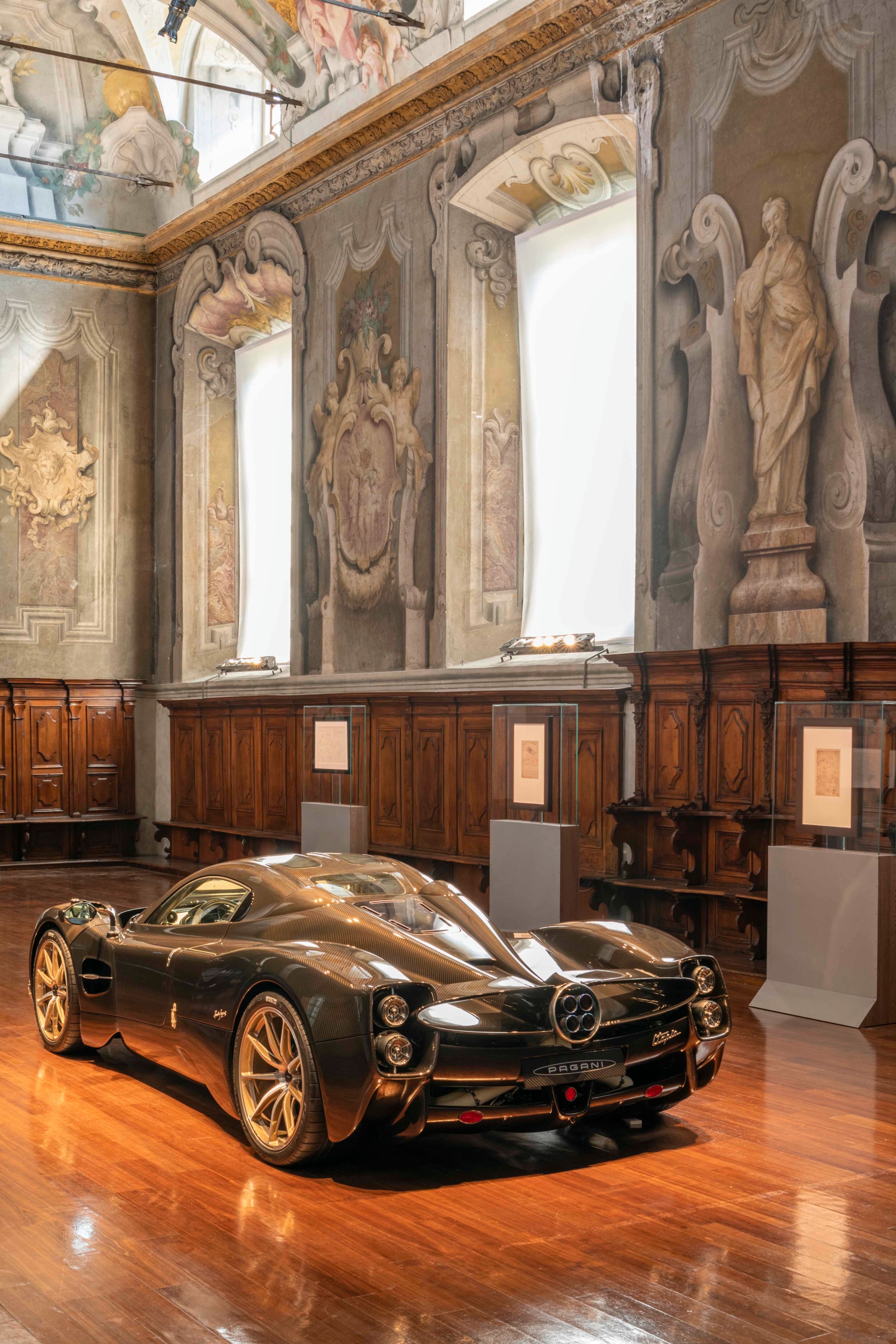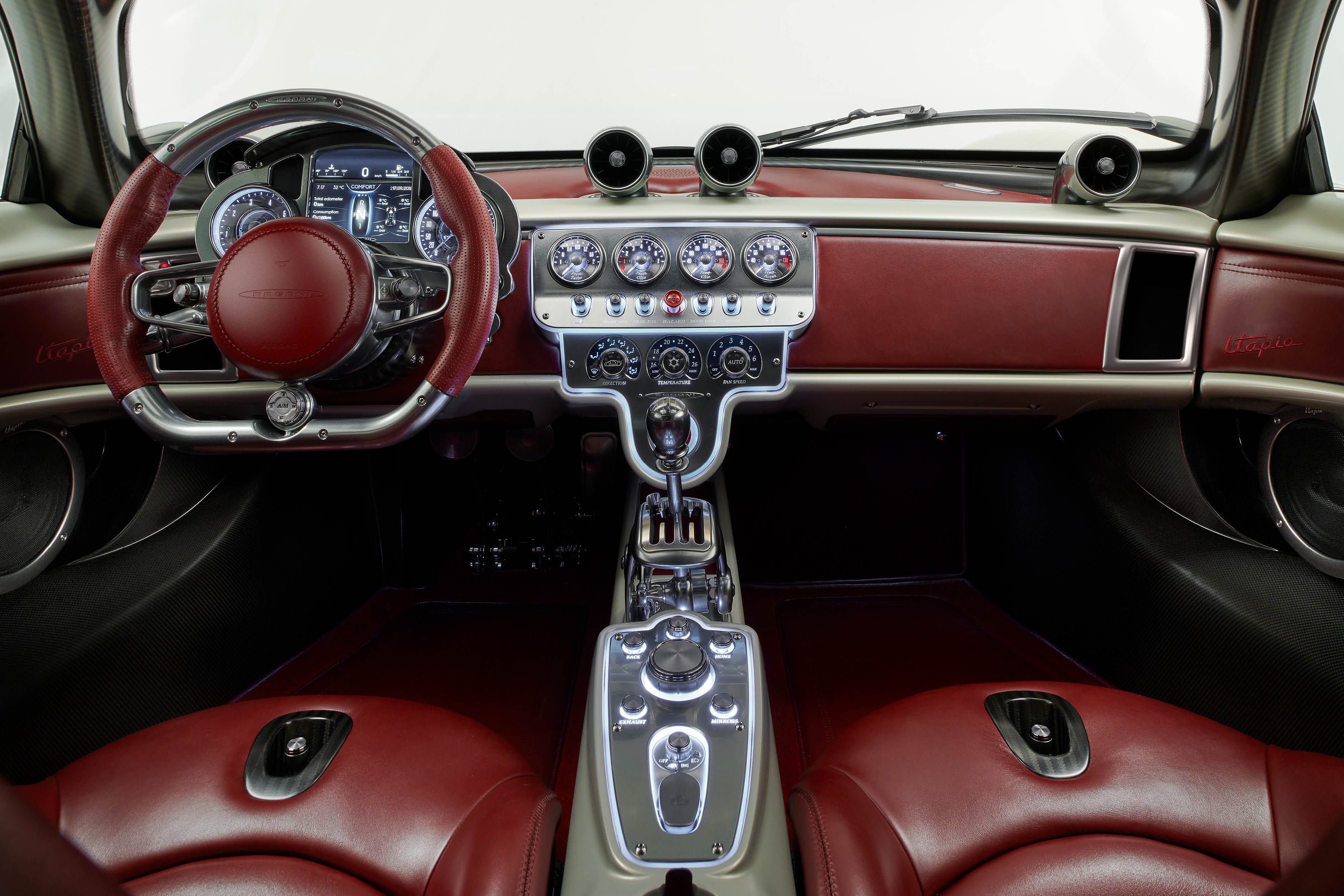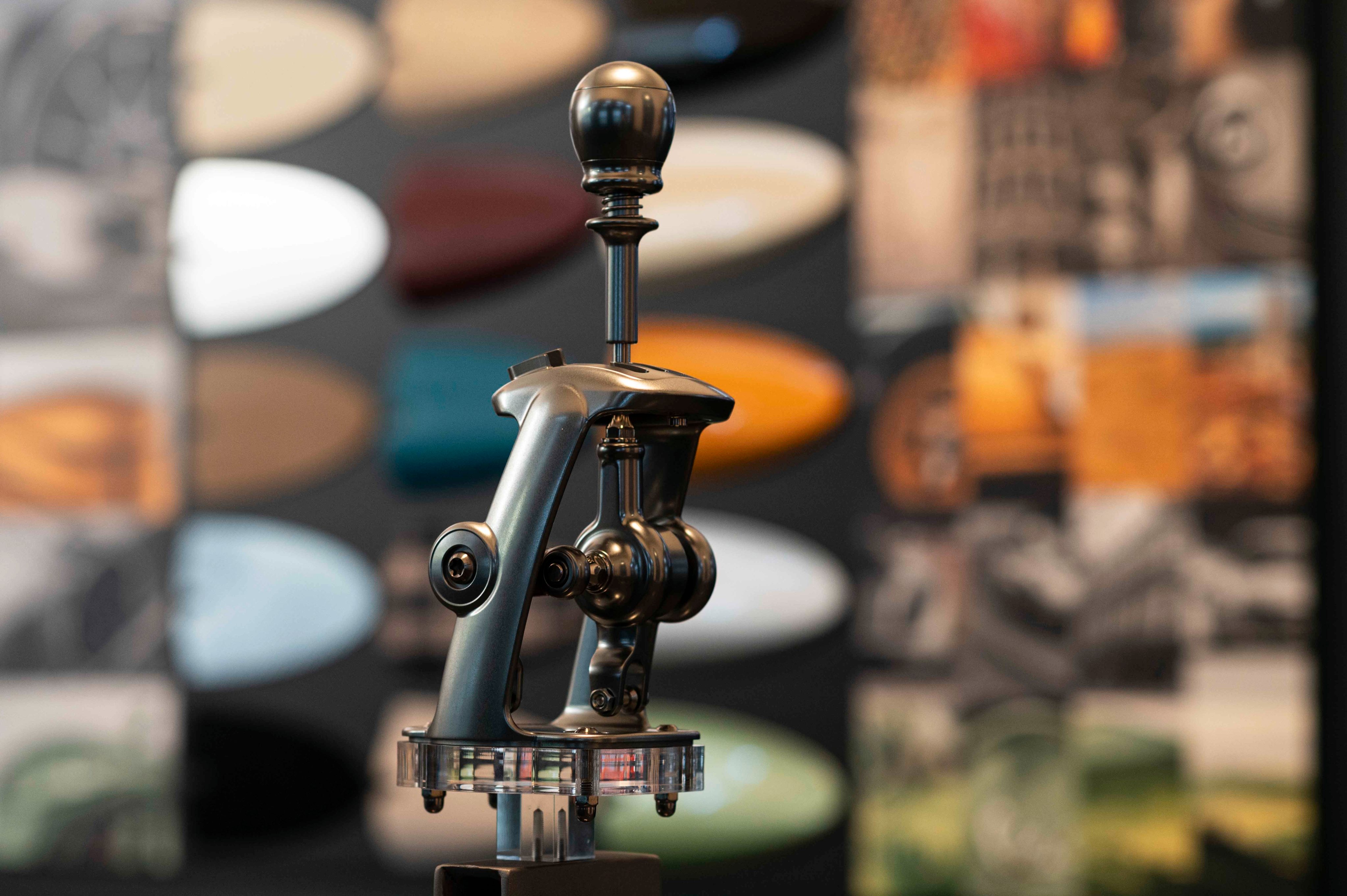It is not every day that Pagani Automobili has something new to show the world. Therefore, it is not surprising the pomp and circumstance that marked the revelation of the third model of the Italian manufacturer. The Pagani Utopia, of which only 99 units will be produced, made its first public appearance in the Sala del Cenacolo of the National Museum of Science and Technology in central Milan. An impressive setting in itself, or if the new supercar wasn’t surrounded by original drawings by Leonardo da Vinci. Like the Italian artist, according to the brand, Pagani is also guided by the desire to combine art and science in his creations. The result of this is not a dream, it’s the new Utopia, a supercar designed from the ground up to be beautiful, exclusive, terrifyingly effective, and… not very affordable.
Like the Zonda and the Huayra, the previous creations of the brand founded in 1992 by Horacio Pagani, The Utopia is a two-seater supercar using a Mercedes-AMG-supplied engine, purposely developed for Pagani in three prototypes over two years. It is a 60º V12, with 6.0 liters of displacement and biturbo, which is mounted in the rear central position, to pass to the rear wheels no less than 864 CV at 6,000 rpm, delivering a maximum torque of 1,100 Nm from 2,800 rpm to 5,900 rpm. And it can rev up to 6,700 rpm, courtesy of a new valve system. At just 262kg (dry), this block represents 20.4% of the Utopia’s dry weight, which points the scales at 1,280kg. This is a value worth respecting, considering the simple fact that renowned supercar manufacturers like Ferrari and Lamborghini, also Italian, cannot do better. The 812 Competizione, a coupe powered by a 6.5-litre V12 with 829 hp, weighs 1,667 kg. Under the same conditions, but with 770 hp, the Aventador SVJ weighs 1690 kg.

Utopia risks the status of a work of art. And as such, he performed in a museum (with Leonardo da Vinci nearby)
The lightness of the Pagani lies essentially in the choice of materials: a carbon fiber monocoque chassis interwoven with titanium threads and Carbo-Triax HP62, a carbon-based composite, with subframes (front and rear) in alloy chrome-molybdenum steel., thus ensuring greater torsional stiffness (+10.5% compared to the previous Pagani). As for the connections to the ground, the independent suspension on both axles stands out, in forged aluminum alloy. With overlapping double wishbones, it has electronically controlled coil springs and dampers, with predefined settings. The rims are also forged from aluminium, but with different diameters. 21” at the front and 22” at the rear, so they are covered by specific Pirelli PZero Corsa tyres, 265/35 R21 and 325/30 R22 respectively. However, at low temperatures it is recommended to use other tires, the Pirelli SottoZero, ideal for winter. When it comes to transferring power to the wheels, we always find a gearbox with the Xtrac specialist seal, with the transmission being able to be in charge of a seven-speed robotic gearbox or, for the more “conservative”, a manual gearbox, with electromechanical change. differential. .
Although Utopia’s performance has yet to be revealed, it will be reassuring for ’99 owners know that when they hit the brakes, the 864 hp will be duly tamed by a Brembo braking system, with ventilated carbon-ceramic discs 410 mm in diameter at the front axle and 390 mm at the rear, the front being actuated by six-piston calipers and the rear by four-piston calipers.
Aerodynamics also play a key role in this utopia, with the brand boasting that it has achieved a balance of 46-54%. This is thanks to a series of devices, such as the front splitter and the rear extractor, which increase the downforce. Then there are the ducts integrated in the bodywork and under the chassis that are responsible for channeling the air and cooling systems of the engine and brakes, to maximize performance in conditions of intensive use. Last but not least, note for the movable wings at the rear, which adjust the angle according to traffic conditions, ensuring stability throughout the race.

The most striking details of the interior of Pagani Utopia
As for the interior, it is said to be inspired by the 50s and 60s of the last century. In other words, count only and only on the essential luxury – Leonardo de Vinci already said that “simplicity is the maximum sophistication”. Hence the central screen has disappeared, with the only display on board to be the one in front of the driver. It is not very big, contrary to what has been the trend. and, to emphasize the link to the past, it is surrounded by analog dials. In the center of the dash, where the latest models usually “fit” in the media center, are four circular dials that display helpful information such as turbo pressure, oil pressure, and oil and water temperature. In a cabin where the basics are within reach, the regulation of the air conditioning is also controlled manually. Which certainly matches the design. retro of the box lever.
And how much is all this worth? No less than 2.5 millionaccording to Car and Driver, an amount that will tend to rise as Pagani Utopia owners request extras and customizations, as if this supercar were a tailored suit. And, apparently, this is in line with the brand’s typical clientele, since the 99 units that will be produced are all already sold out… And this is not a utopia, it is the dream of any brand.
Source: Observadora















